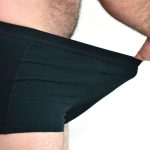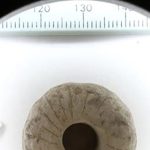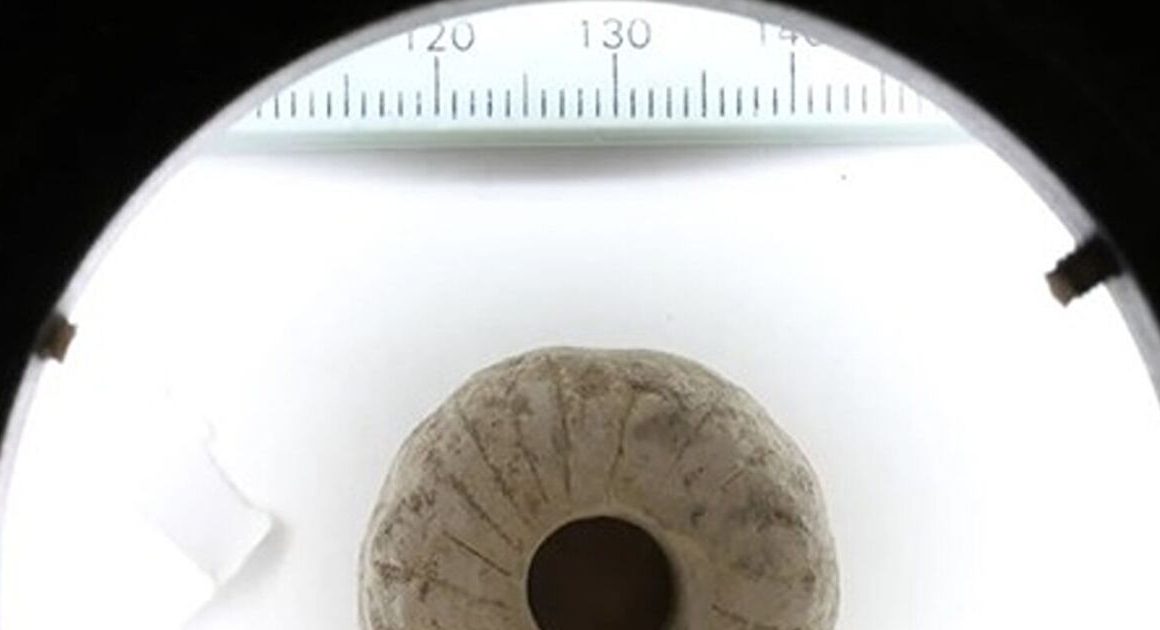When Rizk Tafesh lost his left leg in an Israeli airstrike on June 21, he thought he’d never be able to stand on both legs again. That changed on Tuesday, when he was fitted for a prosthetic leg.
Tafesh was in northwestern Rafah, in the southern Gaza Strip, when the airstrike hit.
“I lost my leg, I lost my hopes and my life. Everything went away when I lost my leg,” Tafesh told CBC News.
“I suffered a lot. How can I spend on my child, how can I work? How would I move?”
Tafesh is one of thousands of people in Gaza who has been forced to undergo amputation because of the ongoing Israel-Hamas war. The World Health Organization (WHO) said in a recent report at least one quarter, or 22,500 of those wounded in Gaza since October, have suffered life-changing injuries that will require rehabilitation services for years to come.
On Tuesday, a team of four doctors at the Jordanian field hospital in Khan Yunis in southern Gaza attended to patients one by one, fitting them for prosthetic limbs.
Tafesh, who had an above-the-knee amputation, says he didn’t know he would leave with a second leg.
Rizk Tafesh, a man with an above-the-knee amputation, was fitted with a new prosthetic limb at the Jordanian field hospital in Khan Younis in the southern Gaza Strip on Sept. 17. A team of four doctors entered the city Tuesday to help amputee patients who have gotten injured in the Israel-Hamas war get fitted for prosthetic limbs.
“I thought I was never going to be able to stand up like before,” he said.
“My soul returned to this life with this prosthetic.”
When he returned to see his 10-month-old son and wife west of Khan Younis, he said his family was in shock to see him get out of a car, standing up on his own.
“I’ll be able to hold him and walk with him,” Tafesh said of his son.
His wife, Rania, says it was a special day for the family.

“Thank God, today was a joyful moment and an indescribable feeling that he could now stand up and walk,” she said.
“I got so happy I forgot about the day he was wounded and the days we lived following that.”
Dr. Abdullah Al-Humaida, a prosthetics specialist, is one of four doctors who entered Gaza on Tuesday to help provide and fit prosthetics for those injured in the war.
Al-Humaida says it takes one to two hours to fit a prosthetic and allow the patient to move around with it to get a feel of the new extended body part.
“We hope [we] can stay until all of the patients in Gaza have prosthetics,” Al-Humaida said. “I hope we can stay together and be here for each other.”

Working with what they have
He said he hopes to fit as many patients as possible with prosthetic limbs.
The specialists are currently only providing prosthetics to adults, he said, but he hopes they will be able to assist more patients in the future.
“We do what we got [to] and we pray we have something much better in the future,” Al-Humaida said.
“Now, we’ll [work] with what we have.”
Taha Afana also got a prosthetic leg at the hospital on Tuesday.
Afana was in the Jabalia refugee camp’s market when it was hit with an airstrike.
“I lost my whole leg. Before, I would move, I would work. Now I can barely walk, or move or go down,” Afana said.
“It’s my leg, so it cost me a lot. When I walk, it’s difficult. When I sit, it’s difficult. When I sleep, it’s difficult.”

‘I just want to run’
After getting a new prosthetic leg, Afana says he just wants to run.
“I just want to run. I just want to run and walk the way I used to. That’s what I want,” Afana said. “I wish I could run in the nature, hold my son, hold myself up.”
A recent WHO analysis of injuries resulting from the Israel-Hamas war, since it started on Oct. 7 and July, found that severe limb injuries, estimated to be between 13,000 and 17,000, are the main types of injuries that require rehabilitation.
The war began after a Hamas-led attack on southern Israel killed 1,200 people and saw 250 hostages taken into Gaza, according to Israeli figures. Israel’s responding incursion into the strip has killed over 41,000, according to the Gaza Health Ministry.
Many of the wounded have more than one injury, WHO said.
Long-term support ‘urgently needed’
According to the report, between 3,105 and 4,050 limb amputations have been performed in Gaza since October 2023.
“The huge surge in rehabilitation needs occurs in parallel with the ongoing decimation of the health system,” said Dr. Richard Peeperkorn, WHO representative in the occupied Palestinian territory, in a Thursday news release.
“Patients can’t get the care they need. Acute rehabilitation services are severely disrupted and specialized care for complex injuries is not available, placing patients’ lives at risk.”
Currently, only 17 of 36 hospitals remain partially functional in Gaza, according to WHO. Gaza’s only limb reconstruction and rehabilitation centre, in the Nasser Medical Complex, became non-operational in December due to a “lack of supplies and specialized health workers being forced to leave in search of safety,” the organization said.
“Tragically, much of the rehabilitation workforce in Gaza is now displaced,” WHO said, adding that the number of people with injuries requiring assistive products far exceeds the equipment available within Gaza.
Some 39 physiotherapists have been killed as of May 10 with in-patient rehabilitation and prosthetic services no longer available, it said.
Peeperkorn said “immediate and long-term support is urgently needed” to address the reported rehabilitation needs.
As for Tafesh, he says the prosthetic limb has given him a “new life.
“I wanted to get up and run … my conditions will get better. I will return and persevere in life.”












